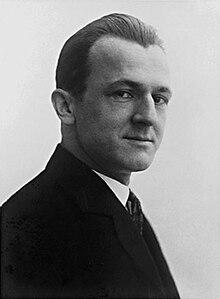Scripting First Drafts
After the huge mountains of research I enjoyed undertaking over the past few weeks, I decided that it was now time to put together a rough set of scripts using the most important or entertaining facts I had gathered throughout the research period. I used a wide range of sources for my research: books, online websites, anecdotal stories from people who knew some of the artists (mainly the most modern ones), and journals.
It took a few days for me to pick out the best bits and compile a rough draft each animation. I brought them along to my several tutorials and discussed elements such as timing, appropriateness, and keeping the dialogue short and snappy, rather than long-winded and waffly (which I admit I often struggle with)!
Some of the feedback I received was particularly helpful. One of the main pointers that was given of which I acted upon as soon as possible, was the suggestion that Marcel Duchamp's character shouldn't actually be shown urinating in the urinal at the end as this could go against educational restrictions and rules and also be too graphic and inappropriate for a younger audience. Instead, we decided that the mere suggestion of him urinating would be more than sufficient and allow for that feeling of mystery and surprise. I changed the script to allow for this, and made it so that he turns to face the urinal (back to the audience) and we hear a loud unzipping of a trouser zip instead. It will then cut to black as we see the credits roll.
Alongside this change, I also shortened a lot of the dialogue by cutting unnecessary bits out and keeping it really punchy and fast-paced. I used a stopwatch to time myself reading out each script from the start of the main countdown to see if each one stayed just under 60 seconds. All the scripts passed. However, I wanted to be extra sure that when I asked my voice actors to do their parts, I had sufficient evidence that the timing was right, otherwise it would mess them around and wouldn't be fair, especially as each role is unpaid work.
To test the authenticity of the timing, as I know I have a natural motor-mouth that can run at 1,000 miles an hour, I asked a few people with differing delivering methods to read them out in their own way. All passed the timing test with only a couple of exceptions. I cut a few more words out to make it more comfortable and less 'rushed'/sloppy.
I perfected the scripts a few days after and sent them to each voice actor that got in touch with me, (3 in total) with a deadline for the voice acting. I will now wait for the masters to work their magic on my scripts.


